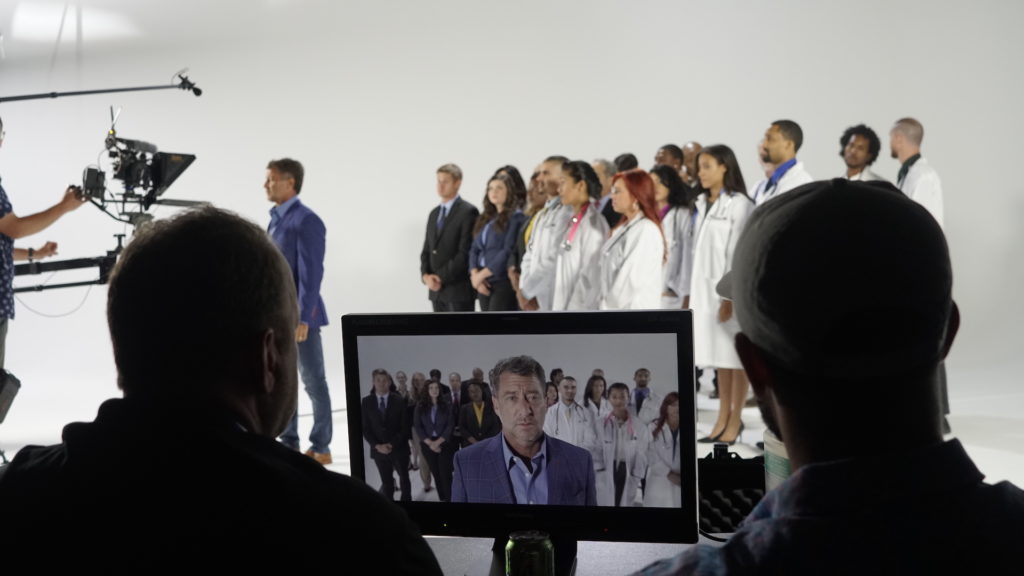A compelling TV commercial is a marvel of creativity and execution. But behind every second of screen time, there lies an intricate process that can span weeks or even months. This article takes you on a journey from concept to screen, highlighting the various stages in the life cycle of a TV commercial.
Conceptualization
Every TV commercial begins with a concept. This initial idea may be rooted in the brand’s marketing objectives, a product’s unique selling proposition, or insights into the target audience’s behavior and preferences. A creative team, which usually includes copywriters and art directors, takes these inputs and transforms them into a viable ad concept. This stage often involves brainstorming sessions, scriptwriting, and the creation of storyboards to visualize the ad.
Pre-production for a TV Commercial

Once the concept is finalized, the commercial enters the pre-production phase. This stage involves refining the script, casting actors, scouting locations, and assembling a production crew. It also includes planning the shooting schedule and securing all necessary permits and approvals for filming.
The pre-production phase is where the logistical details of the commercial are hammered out. It’s crucial to ensure that everything is in place for a smooth and efficient production process.
Production
With everything prepared, the commercial enters the production phase—where the action happens. The director, in conjunction with the cinematographer and the rest of the production crew, brings the storyboard and script to life. This phase can last anywhere from a day to several weeks, depending on the complexity of the commercial.
The production phase requires meticulous attention to detail. Every shot, every line delivery, every bit of lighting and sound must be executed flawlessly to create a high-quality commercial.
Post-production

After the commercial has been shot, it moves into the post-production phase. Here, the raw footage is edited into the final commercial. This process involves adding special effects, color grading, sound mixing, and any other finishing touches that the commercial requires.
Post-production also includes the addition of any voice-over work, music, and sound effects. Each element is carefully balanced and integrated to create a seamless audio-visual experience.
Review and Approval
Before the commercial hits the screens, it undergoes a review and approval process. The creative team and the brand representatives review the final commercial to ensure it meets the original objectives and maintains the brand’s standards. Any necessary revisions are made at this stage.
Regulatory bodies may also need to review the commercial, particularly in industries like pharmaceuticals or finance, where advertising is heavily regulated. The commercial can only be aired once it has received all necessary approvals.
Broadcast and Evaluation

Finally, the commercial is ready to be aired. The media planning team determines the best times and channels for broadcasting the commercial to reach the target audience most effectively.
Once the commercial is on air, its performance is closely monitored. Key metrics such as audience reach, viewer engagement, and impact on sales are evaluated. This data feeds back into the conceptualization process for future commercials, creating a continuous cycle of improvement and refinement.
Conclusion
The journey from concept to screen is a testament to the combined efforts of creative, production, and marketing teams. Each stage of a TV commercial’s life cycle is crucial, requiring expertise, coordination, and a keen understanding of the brand and its audience. While the process is complex, the result—a compelling, effective TV commercial—is a powerful tool in any brand’s marketing arsenal.

